
Mountain hut on the Saxon Fichtelberg by AFF Architekten
Since 1971, a wooden hut has stood on the road from Rittersgrün to Oberwiesenthal in the German part of the Ore Mountains, offering shelter to passersby and primarily serving as a changing room and service base for the ski club Dynamo. From 1996, when the hut was no longer in use, it deteriorated until it was finally purchased at auction by Berlin's AFF Architekten, who earned a reputation in Saxony for their successful reconstruction of the nearby castle in Freiberg. The architects turned the hut on Mount Fichtelberg, which at an elevation of 1,214.6 meters is the highest mountain in the Free State of Saxony, into a partially retreat from civilization and partly a Spartan studio. Initially, there were fundamental considerations about the future function of the building: “a return to basic needs” and “a place that connects us to the most fundamental,” which should be the primary goal for pilgrims and what they should find in the expression of the hut.
Currently, it is a private hut, which, however, interested parties can rent from the architects of AFF for a weekend. They must, however, be prepared for reduced comfort: there is no running water in the hut, and its windowless façade facing the road clearly expresses its stance. The perfect isolation from civilization is also aided by 200-kilogram reinforced concrete doors. In contrast, there are large electrically operated window panels facing the forest. The original wooden hut played another significant role, as nothing new can be built in this area according to conservationists. Therefore, the architects described their design as an extension and used wood from the old hut in the formwork for the inner walls. The original hut has thus left an imprint in the new concrete. Old windows now create a protruding ornament on the walls, while elsewhere they are used as shelves. The old survives in the new. The weekend residence cannot be more poetic.
Info>
Currently, it is a private hut, which, however, interested parties can rent from the architects of AFF for a weekend. They must, however, be prepared for reduced comfort: there is no running water in the hut, and its windowless façade facing the road clearly expresses its stance. The perfect isolation from civilization is also aided by 200-kilogram reinforced concrete doors. In contrast, there are large electrically operated window panels facing the forest. The original wooden hut played another significant role, as nothing new can be built in this area according to conservationists. Therefore, the architects described their design as an extension and used wood from the old hut in the formwork for the inner walls. The original hut has thus left an imprint in the new concrete. Old windows now create a protruding ornament on the walls, while elsewhere they are used as shelves. The old survives in the new. The weekend residence cannot be more poetic.
Info>
The English translation is powered by AI tool. Switch to Czech to view the original text source.
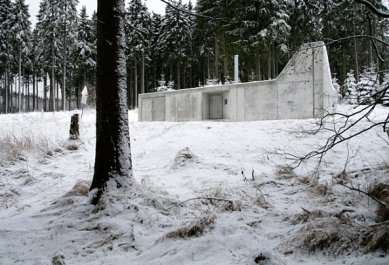
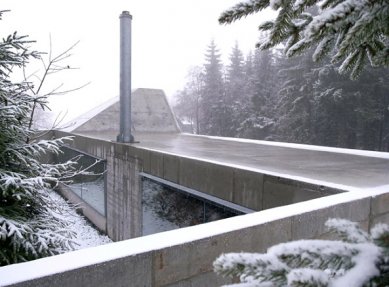
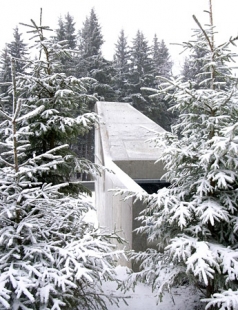
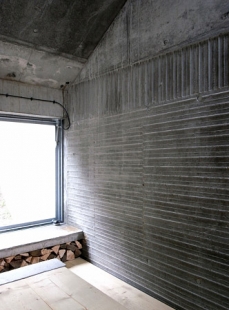
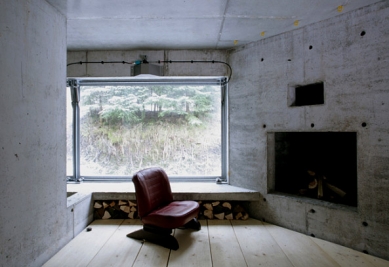
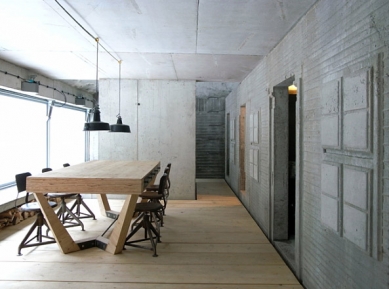
9 comments
add comment
Subject
Author
Date
Další "moderní" odlitek z betonu
Jindřich Cibulka
08.05.10 04:26
Pamatkova pece
takyarchitekt
09.05.10 01:49
It takes two to tango.
Dr. Lusciniol
09.05.10 02:27
syrovost
lasifa
23.05.10 10:33
jednoduchost asi ne,
Vích
24.05.10 09:14
show all comments











